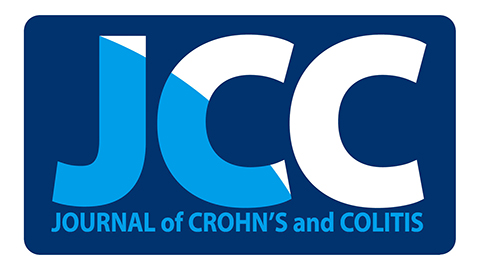
“In agreement with the neurodevelopmental hypothesis of schizophrenia, prenatal exposure of rats to the antimitotic agent methylazoxymethanol acetate (MAM) at gestational day 17 produced long-lasting behavioral alterations such as social withdrawal and cognitive impairment in the social interaction test and in the novel object recognition test, respectively. At molecular level, an increased cannabinoid receptor type-1 (CB1) mRNA and protein expression which might be due to a reduction in DNA methylation at gene promoter in the prefrontal cortex (PFC), coincided with deficits in the social interaction test and in the novel object recognition test in MAM rats. Both schizophrenia-like phenotype and altered transcriptional regulation of CB1 receptors were reversed by peripubertal treatment (from PND 19 to PND 39) with the non-psychotropic phytocannabinoid cannabidiol (30 mg/kg/day), or, in part, by treatment with the cannabinoid CB1 receptor antagonist/inverse agonist AM251 (0.5 mg/kg/day), but not with haloperidol (0.6 mg/kg/day). These results suggest that early treatment with cannabidiol may prevent both the appearance of schizophrenia-like deficits as well as CB1 alterations in the PFC at adulthood, supporting that peripubertal cannabidiol treatment might be protective against MAM insult.”
https://www.ncbi.nlm.nih.gov/pubmed/30496751
https://www.sciencedirect.com/science/article/pii/S0028390818308761?via%3Dihub




 “The therapeutic potential of
“The therapeutic potential of 


